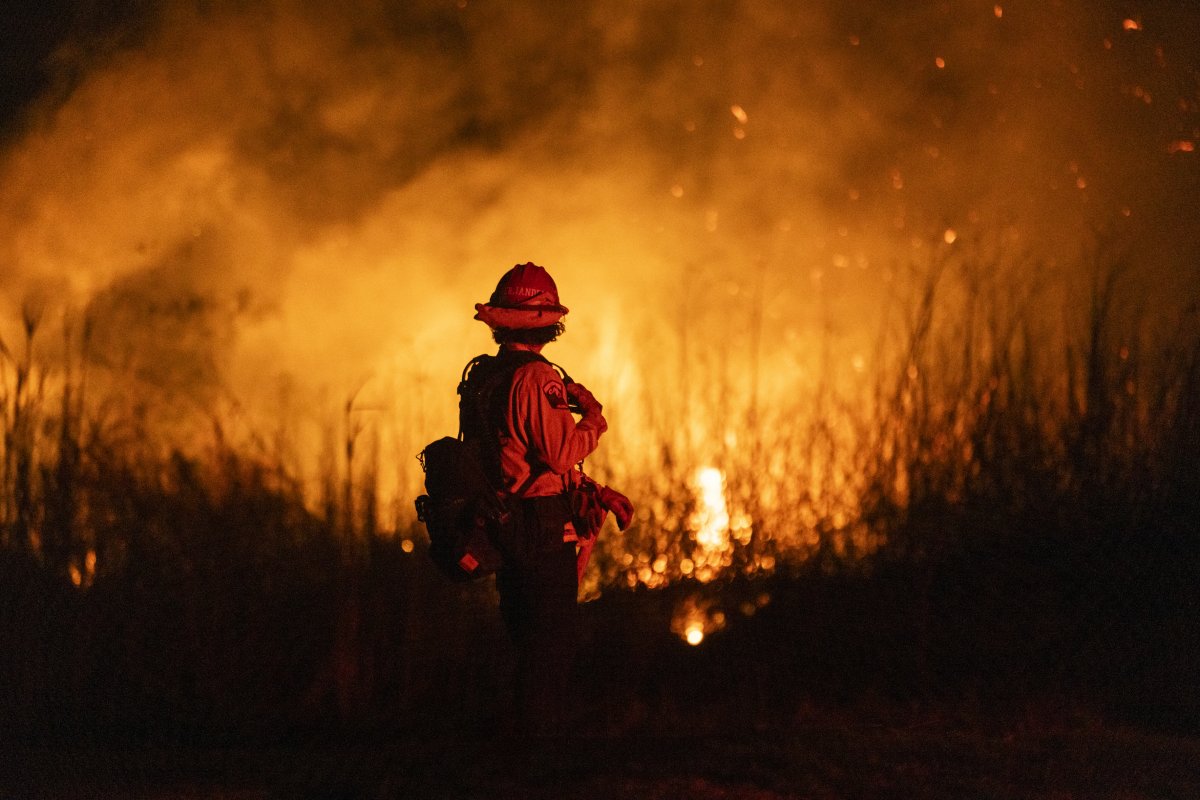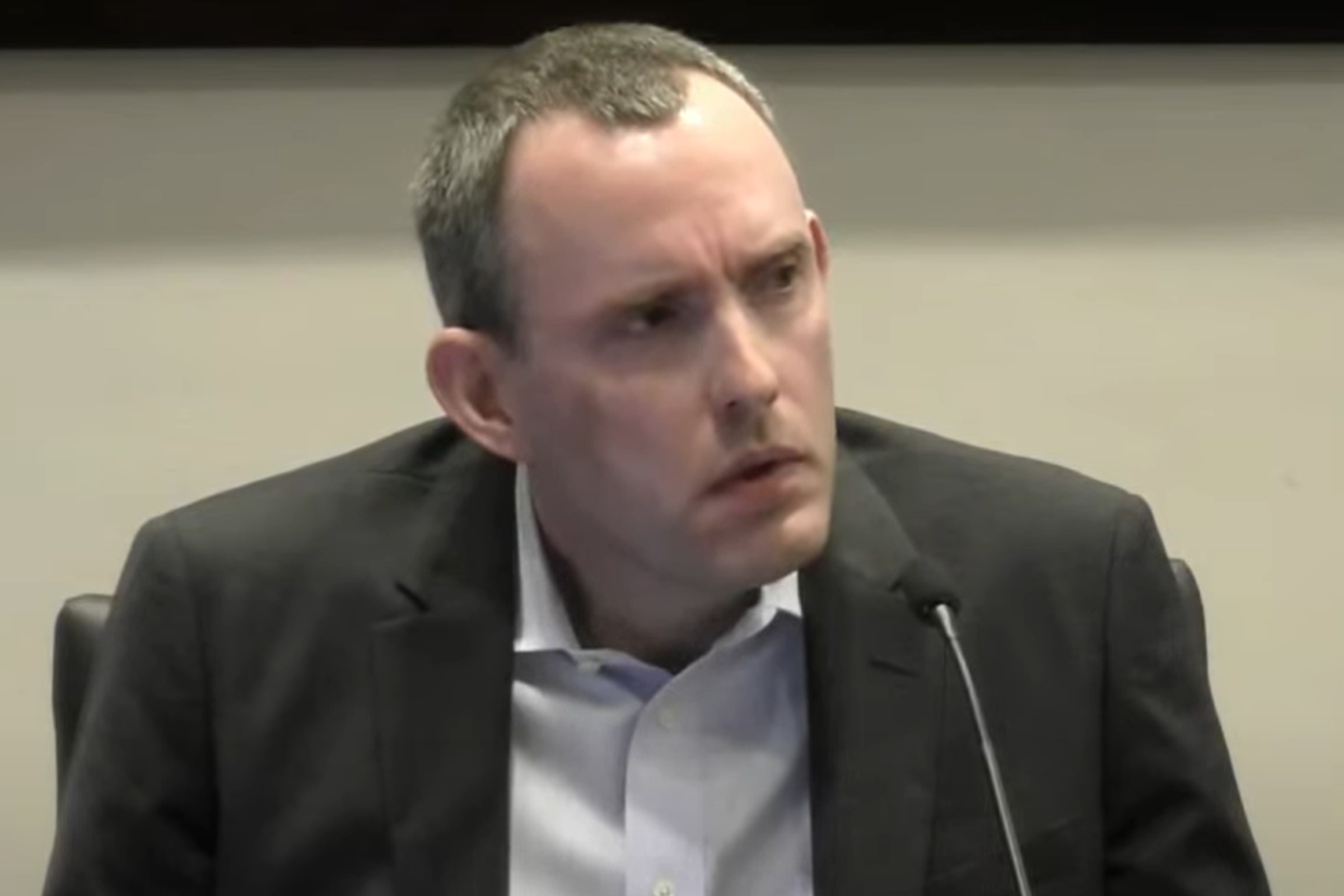The wildfires ravaging Southern California for over seven days could exacerbate the ongoing property insurance sector crisis in the state, leading to further premium hikes and coverage cuts from major companies, according to experts.
"The fires will push the crisis to a new level, with likely FAIR plan assessments on both insurers and their policyholders," Dr. David T. Russell, Professor of Insurance and Finance at California State University, told Newsweek.
"Combined with the Commissioner's moratorium on non-renewals in wildfire areas, it is easy to see why insurers view the California market as unattractive, despite its large size."
Why It Matters
California has always been vulnerable to devastating wildfires, but multiple studies have found that climate change is making blazes more unpredictable, more frequent, and more severe.
Faced with the growing threat of paying enormous damage claims and unable to raise their rates beyond what regulators in the state consider reasonable, several major insurers operating in California have cut coverage in the most at-risk zones over the past few years.
This has left California homeowners scrambling to find affordable coverage at a time when it's more important than ever for them to protect their homes. While regulators are trying to prevent insurers from pulling out of the state, California remains in the midst of an ongoing crisis which is likely to worsen as a result of the new fires.
What To Know
"The ongoing wildfires in Southern California constitute the most destructive fires in the state's history," Anna Neely, Managing Director, Head of Catastrophe R&D, Howden Re, told Newsweek.
"Though there have been many preliminary insured loss estimates, we expect the figure to continue to grow in the coming days and in the wake of the fires' ultimate containment, which could take weeks," she added. "Due to the fires' impact on dense, urbanized areas, there are far more structures, both commercial and residential, at risk compared to past events."
The biggest of the Los Angeles fires—Palisades and Eaton—have been burning since Tuesday, January 7, moving through more than 37,000 acres of land together and destroying thousands of structures, including homes and well-known landmarks, and killing at least 24 people. As of Monday night, the two fires were only partially contained—which means that the damages caused by the blazes could still increase in the coming days.
According to private forecaster AccuWeather's later estimates, damages and economic losses could be between $250 billion and $275 billion. The wildfires could become the costliest in U.S. history in terms of insured losses, Reuters reported on Monday.
"Insured losses could potentially reach well over $100 billion," LA resident Trevor Saliba, COO of Swiss-based investment holding company NFG SA, told Newsweek. "This major financial hit to insurers could have lasting effects on the availability and cost of property insurance throughout California," Saliba said.
"The severity of the fires could prompt regulatory scrutiny and potential changes in legislation to wildfire and other weather-related catastrophe insurance coverage."
Growing Reinsurance Costs
"While it's still too soon to quantify the full impact, property reinsurance is likely to experience upward pressure on premiums, especially in regions with significant exposure to the wildfire peril," Russell said.
"The Southern California fires show that climate change combined with infrastructure challenges and population density can generate loss severities above previous expectations," he added. "Reinsurance premiums reflect a forward-looking view of what can happen, and these fires have reset the market's expectation for the severity of future losses."
Recent regulations implemented by the state now allow insurance companies to factor reinsurance costs into their rate settings, Saliba explained. "This change is part of a broader regulatory overhaul aimed at preventing insurers from exiting the market due to the increasing risks associated with wildfires," he said.

As these changes allow for the inclusion of higher reinsurance costs, "it's reasonable to expect that reinsurance rates themselves will rise to accommodate the heightened risk level," Saliba added.
"At the same time, as insurance premiums rise, some insurers may still choose to withdraw from high-risk areas. This could lead more people to depend on the California FAIR Plan, which typically costs more and offers less coverage compared to private insurance."
Neely agrees that the wildfires' impact on the market could reduce the appetite reinsurers have to take on wildfire risk, increase rates charged for wildfire coverage, or both. "All of which is likely to trickle down to policyholders who would see either reduced coverage or higher costs," she said.
Less Coverage For At-Risk Areas
Coverage options for California homeowners in at-risk zones have already dropped dramatically in recent years. According to the California Department of Insurance (CDI), seven out of 12 of the Golden State's biggest insurers cut coverage in the state between 2020 and 2024.
As a result of this limited availability, many homeowners have had to move to California's FAIR Plan, a private association which works as an insurer of last resort, offering fire coverage to those who can't find it on the traditional market. But it's not an ideal solution, as policies can be quite expensive even as coverage might be relatively basic.
Regulators in California are trying to prevent insurers from backing out of the most at-risk areas of the state. In December, they passed a new regulation which will require insurance companies to write policies in areas "equivalent to no less than 85 percent of their statewide market shares"—ensuring at-risk zones are not excluded.
However, this threshold won't be reached all at once: under the new rules, companies have to match a 5 percent increase every two years. In the short term, experts fear that the recent wildfires might further erode coverage in at-risk zones.
"Unless the Commissioner approves large rate increase requests quickly, more insurers may decide that long-promised insurance market reforms are not worth the wait," Russell said. "Additional insurer exits—and/or underwriting restrictions—would create additional availability challenges, especially for those in higher risk areas," he added.
Despite recent regulatory changes allowing for more robust rate increases and the use of predictive models, the immediate effects of these adjustments will take time to materialize," Stephen Poux, EVP of Risk Management at Liberty Company Insurance Brokers, told Newsweek.
In the short term, underwriters are likely to be even more cautious about writing new policies in high-risk areas, according to Poux, implementing stricter guidelines and requiring comprehensive wildfire mitigation measures from homeowners.
"To ensure these areas have coverage when insurers want to back out, California and other jurisdictions will need to implement several strategies which include risk pooling and reinsurance strategies," Saliba said.
What the state could do to fix the current crisis, he said, is to "establish state or regional insurance pools that can help spread the risk among insurers, government incentives or subsidies for insurers who continue offering coverage in high-risk areas," as well as public-private partnerships with state and federal agencies collaborating with insurers and other stakeholders to develop sustainable solutions for insuring at-risk zones.
What's Next
Poux predicts that the Golden State's homeowners insurance crisis will get worse before getting better—eventually. In the short term, he foresees tightening insurance availability and rising costs, though in the long-term, he said, "demand for homes in California will persist, creating challenges and opportunities within the property insurance sector."
Innovations such as private firefighting services and enhanced community resilience planning will play pivotal roles in shaping the future landscape of property insurance in wildfire-prone areas, Poux said.
For California-based Russell there's also reason to be optimistic, as the homeowners insurance crisis in California "has everyone's attention" now.
"I expect that substantial rate increases will provide sufficient incentives for market participants to remain in California," he said.




















 English (US) ·
English (US) ·